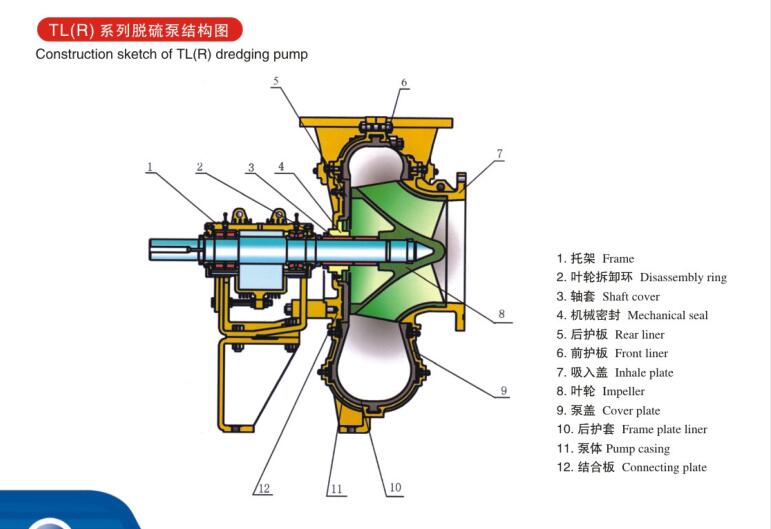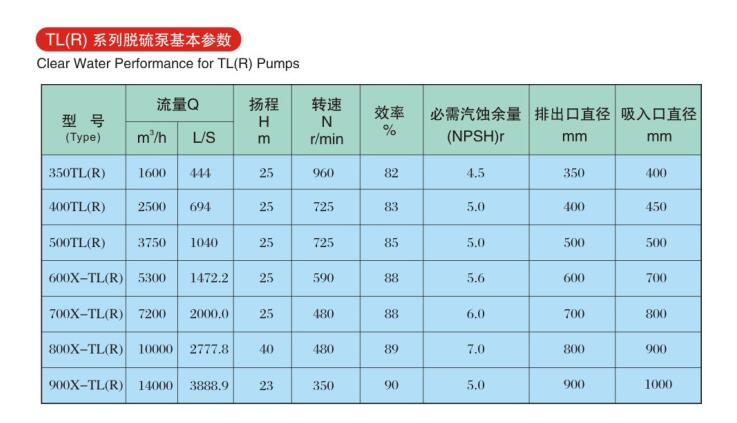Recently, a research team at Delft University of Technology in the Netherlands announced that they used a highly transparent hydrogenated nanocrystalline silicon oxide layer to improve the photoelectric performance of contact stacks in silicon heterojunction devices. The material is said to have excellent electrical conductivity and good optical properties, which can improve the efficiency of crystalline silicon heterojunction solar cells.
The Delft team stated that this new silicon oxide layer provides an alternative to commonly used contact stack structures such as hydrogenated amorphous silicon ((i) a-Si: H). The latter has a limited thickness, and when it is placed on the sunny side of the battery, a large amount of energy is lost. Scientists have tried to add higher doses of substances to solve such losses, but they found that this will lead to increased defect density and reduced carrier collection performance.
Dutch scientists claim that when they apply the nc-Si: H layer to the selective contact of carriers, their photoelectric performance in the heterojunction silicon cell contact stack is improved, thereby improving the photoelectric parameters.
The researchers wrote in the paper "The Effect of Hybrid Hydrogenated Nanocrystalline Silicon Oxide Layers on High-Efficiency c-Si Heterojunction Solar Cells" published in "Photovoltaic New Knowledge": The composition of small nanocrystals has a definite anisotropy in the growth direction. "The anisotropy of a substance is related to the magnetism of an object and differs according to its growth direction.
Type N has higher conductivity
The laboratory-grade solar cells produced by the Delft team measured 7.84 square centimeters, and the metal coverage rate was 12.5%. The researchers said: "For N-type and P-type layers, when carbon dioxide is absent during the deposition process, a highly conductive nc-Si: H layer can be obtained."
The team observed that in the experiment, the conductivity of the N-type nc-SiOx: H layer was higher than that of the P-type substitute. However, scientists claim that regardless of the type of mixing, the mixed nc-SiOx: H layer has adjustable photoelectric characteristics, usually providing the necessary flexibility for customizing selective transmission and enhancing battery performance.
Improve fill factor
The researchers added that by using interface treatment on the contact stack, the fill factor of the battery can be improved, thereby increasing 65.6% of the efficiency of the post-junction cell to 77.9% in the front-junction device.
"A battery with an area of ​​3.92 square centimeters has a metal coverage of 4.4%, and its FF [filling factor] is increased from 77.9% to 79.1%, from 75.3% to 78.6%, so η is increased from 18.4% to 21.8%, from 18.3 % To 22%. By optimizing the front grille, increasing the thickness, and using a more transparent conductive oxide, the performance of the front-junction battery and the rear-junction battery are further improved. " 21.8% and 22% battery efficiency.
Desulfurization pump Introduction
TL(R) model desulfurization pump is the new generation high efficiency energy saving product
elaborately researched and developed by our company through absorbing the technical advantages from
same products at home and abroad, with reference to the technical specifications of flue gas desulfurization
project, aiming at the characteristic of FGD system of transporting medium through pump in thermal power
plant.
Construction of Desulphurization pump

Detail parameter of Desulphurization

Slurry Pump,Horizontal Slurry Pump,Centrifugal Slurry Pump,Desulphurization Pump,Centrifugal Pump,Mining Slurry Pump,Vertical Slurry Pump,Metal Slurry Pump
Shijiazhuang Naipu Pump Co., Ltd. , https://www.naipu-pump.com